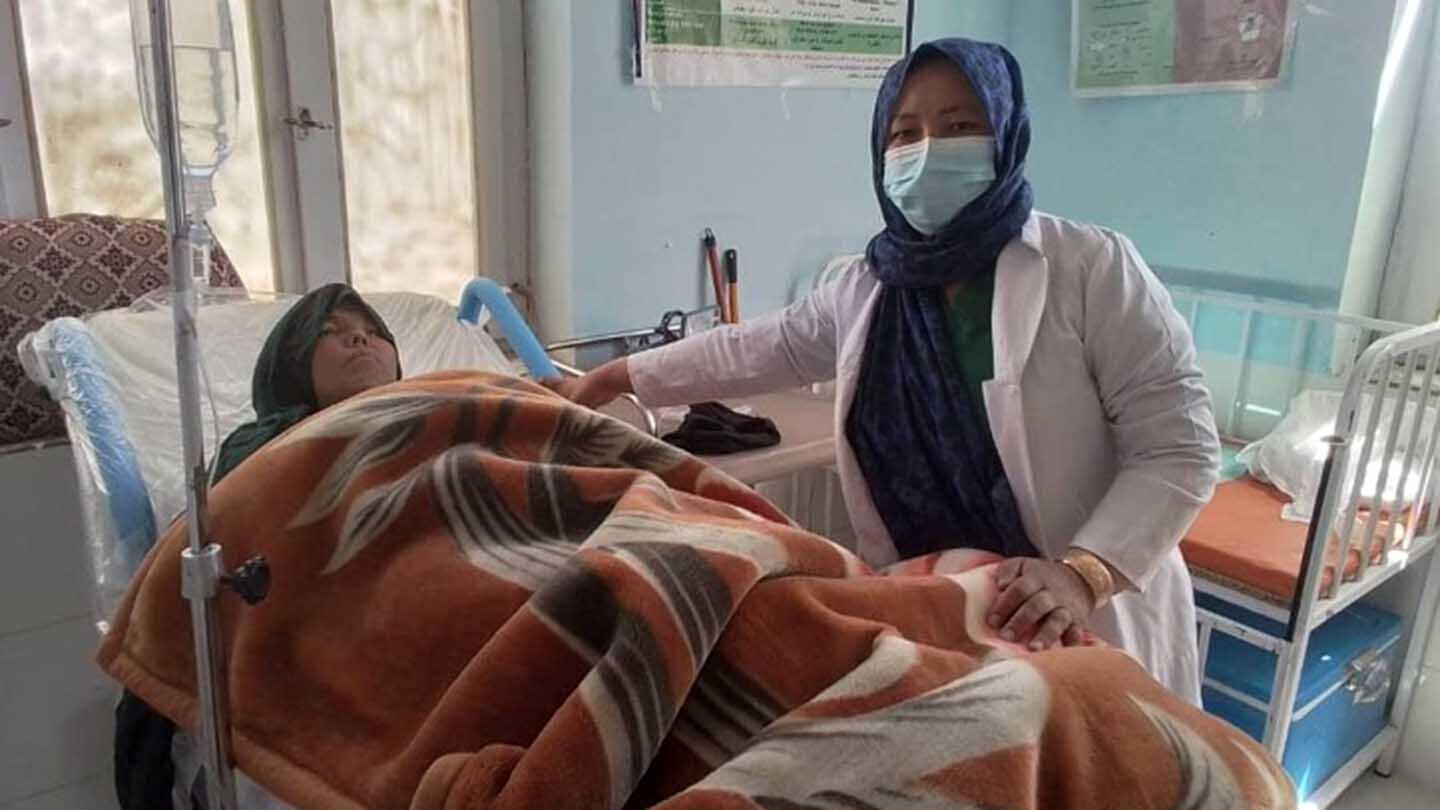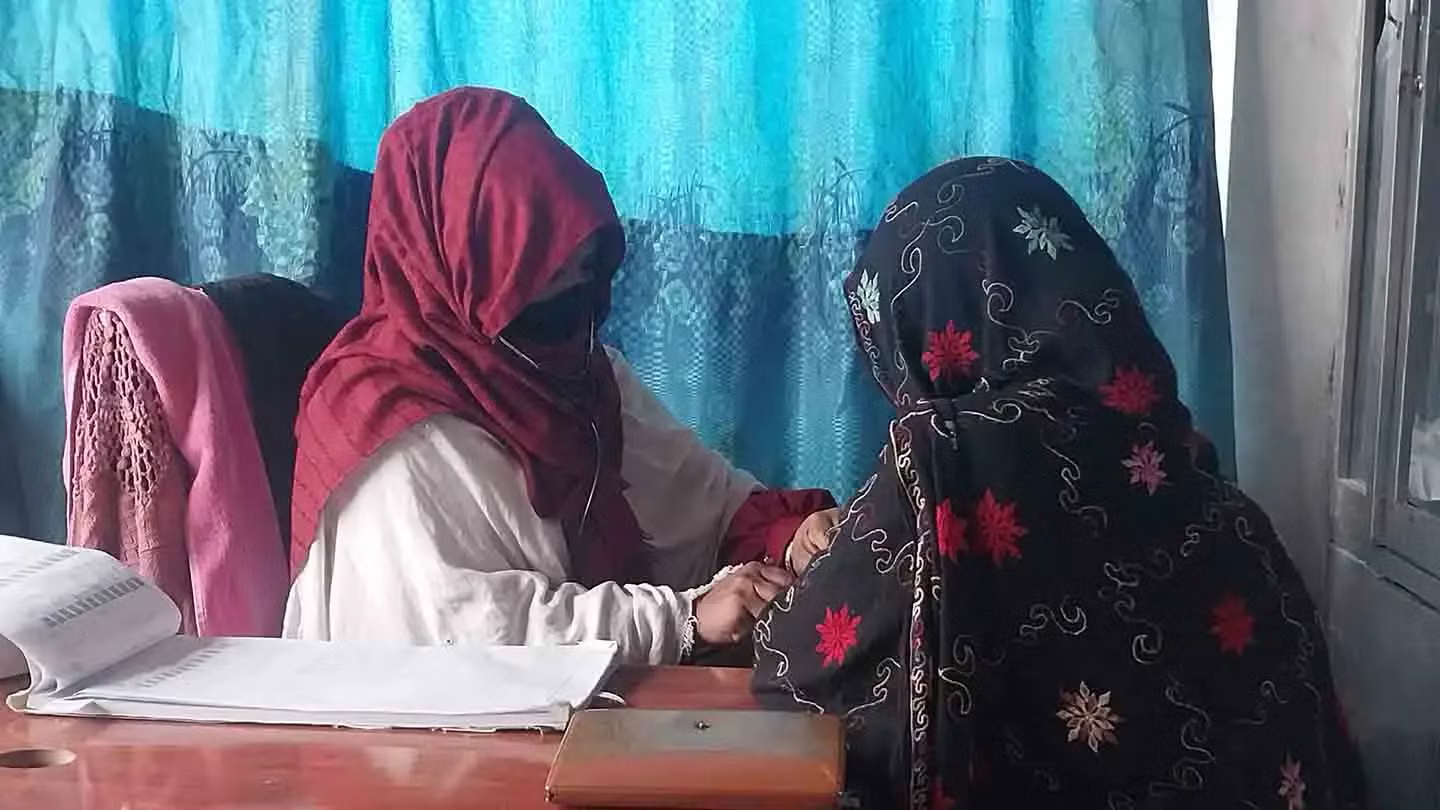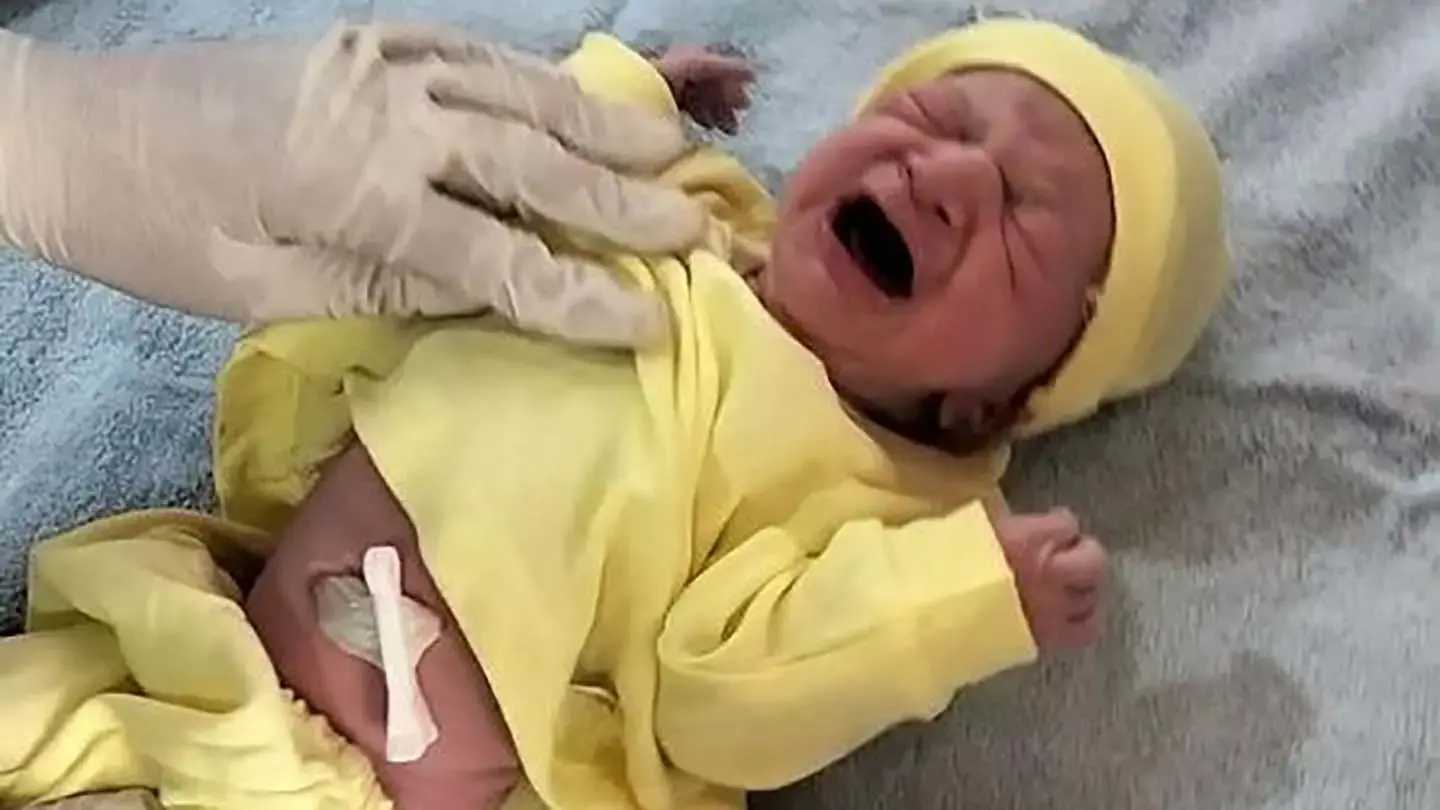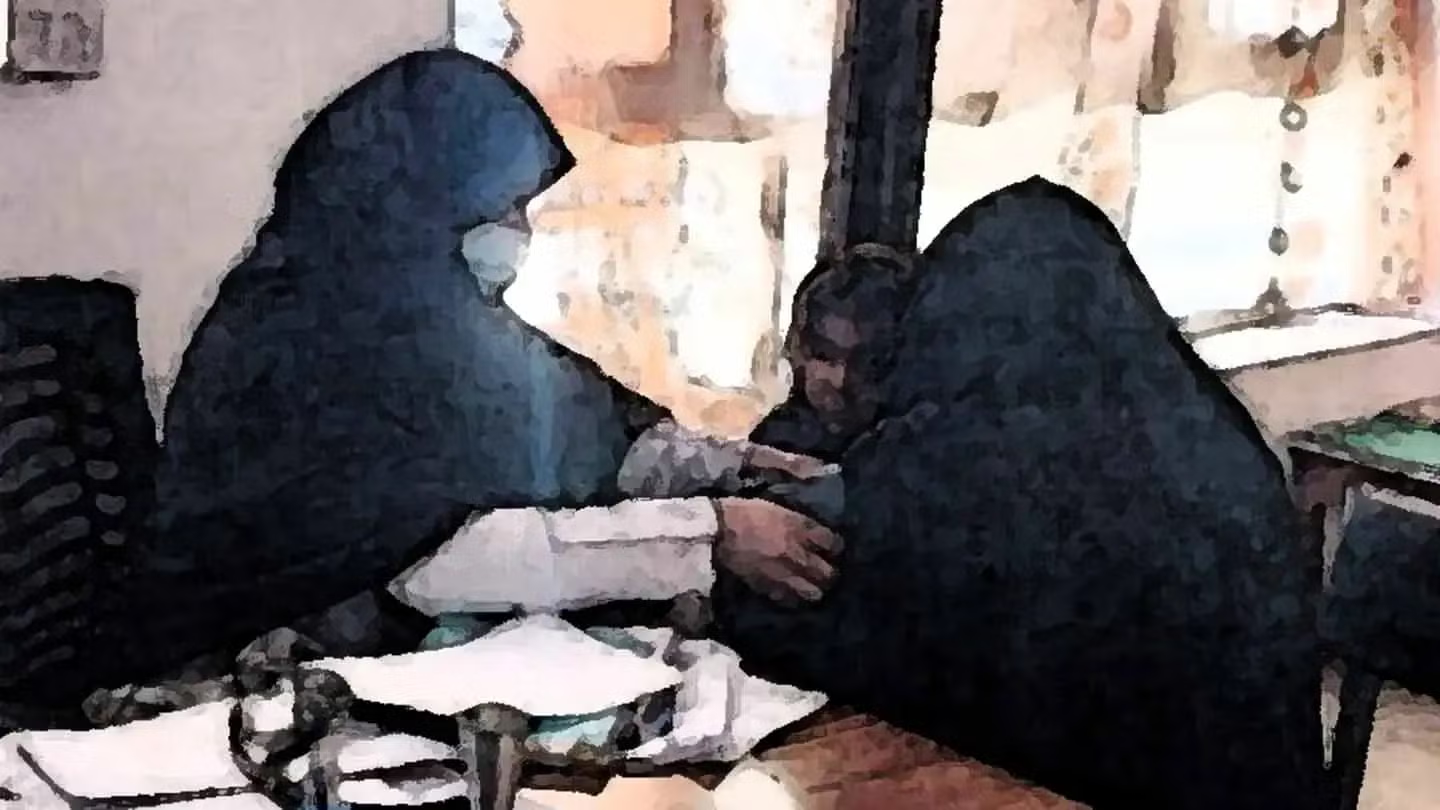“The delivery was normal. I was getting prepared to discharge the patient, but suddenly, the stable situation turned around.” It was a life-threatening moment that Bas Gul, a midwife from a Family Health House (FHH), will not forget.
Her patient, 33-year-old Khadija, arrived at the FHH ready to welcome her sixth child. The mother regularly went for antenatal checkups at the FHH during her pregnancy and was monitored closely by Gul, so she was confident she was well-prepared for childbirth.
As Khadija entered the delivery room, everything seemed to unfold as she expected. The baby was delivered safely, and both mother and newborn received immediate care. For a brief moment, joy filled the room, but that joy quickly turned into concern.
Khadija began to experience vaginal bleeding—a situation that midwife Bas Gul had rarely encountered. “Khadija panicked and worried,” Gul recounted.
Gul administered intravenous fluids and did uterine massages, but the bleeding continued unabated. “I knew I had to act quickly,” Gul said, her face serious as she recalled the moment's urgency. “I put stronger pressure on the abdominal area, which finally stopped the bleeding.”
Even though the immediate crisis had passed, the midwife understood that Khadija needed to be under extensive observation. “There was still a possibility of continued bleeding,” she explained. “I needed to keep Khadija at the FHH for hours.”
Throughout that critical first hour, Gul meticulously monitored Khadija’s vital signs, her presence a comforting constant during a time of fear and uncertainty. “If this had happened on her way home or even at home, it could have had devastating consequences,” Gul reflected. “Being here at the FHH made all the difference.”
For Khadija, those moments were filled with both anxiety and gratitude. She felt a profound appreciation for the skilled midwives who provided lifesaving support when it mattered most. “The bleeding was disturbing and dangerous for me,” Khadija admitted, her voice softening. “But I was lucky it happened at FHH.” The FHH is one of the facilities supported by the US Bureau of Population, Refugee and Migration through UNFPA in Afghanistan.
When Khadija was finally discharged, she left not only with her newborn but also with a stronger belief in the benefits of facility-based deliveries. For her, the FHH was not just a place for childbirth; it was a sanctuary where lives were saved, and health professionals like Gul stood as guardians of health and safety.





